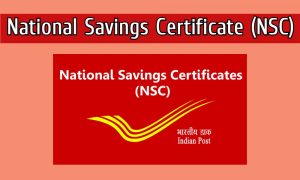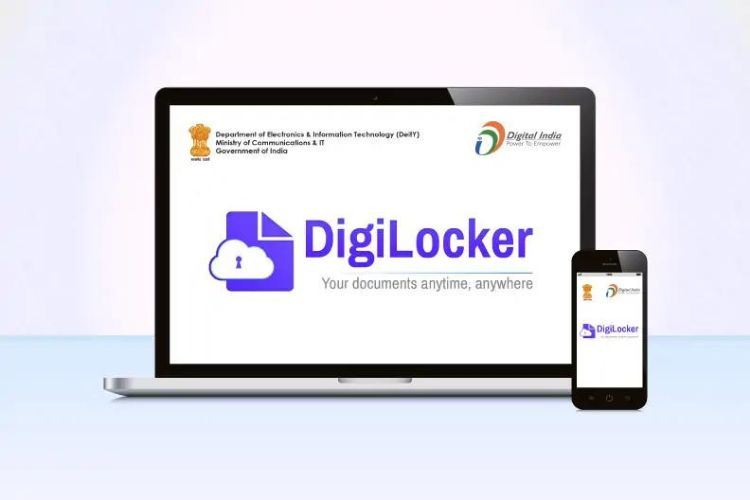National Savings Certificate (NSC) is an investment instrument designed for individuals with a low-risk appetite. Unlike some of the other investment vehicles, like mutual funds and equity, NSC offers investors fixed return and maximum safety. It is sometimes also seen as a tax saving scheme as investments of up to ₹1.5 lakh in NSC earns investors a tax rebate under Section 80C.
Benefits of Investing in National Savings Certificate (NSC):
Like every scheme, NSC also comes with some really attractive features for investors. Some of the best ones are:
- Your money is safe
The best thing about investing in NSC is that it’s an incredibly safe investment vehicle. The scheme is backed by the Government of India, which means that your money won’t go down at any cost.
- Attractive returns
NSC earns investors annual interest on their capital. The rate is fixed by the government, and it currently stands at 6.8%. It is compounded annually and paid at the time of maturity. This makes NSC a useful tool for those looking for regular income.
- Tax saving scheme
Investments of up to ₹1.5 lakh in NSC qualify for tax benefits under Section 80C of the Income Tax Act. The same applies to the interest earned as well. This is an especially attractive feature for investors looking to earn tax benefits.
- Flexibility in terms of investment
All types of individuals can invest in NSC. There’s no upper or lower limit on the investment amount, which means you can invest even with ₹100. The amount can be increased whenever you want.
- Loan against NSC
You can avail secured personal loans from leading banks and non-banking financial companies (NBFCs) by offering your NSC as collateral. In order to do so, the postmaster must put a transfer stamp on the certificate and hand it over to the bank. Once that’s done, the bank will disburse the amount in your account.
- Can be easily bought
Investing in NSC is really convenient. There’s no need to open a new account or anything. You must simply visit your nearest post office (PO) and present the required documents. In case you’re moving from one city to another, you can also easily transfer your NSC from one PO to another. As far as the documents needed to buy an NSC are concerned, you’ll need your:
- Passport
- Permanent Account Number (PAN) Card
- Voter ID
- Driving licence
- Senior citizen ID, or Government ID
- Photograph.
- Proof of address, like electricity bill, telephone bill.
- Bank statement, along with a cheque.
- Option for premature withdrawal
Although an early exit for NSC is not possible, there is a provision in place for emergency situations. Premature withdrawal is allowed in case the investor unfortunately passes away, or there’s a court order for it.
- Choose a nominee
NSC gives investors the chance to choose a nominee, who will receive the entire amount in the event of the investors’ unfortunate death.
- Multiple modes of holding
NSC is possibly the only scheme that allows investors to hold a certificate in three different ways. The first type of holding, called Single Holder Type certificate, is for those investors who want an NSC for themselves, or for a minor. The Joint A Type certificate is the second type, wherein two investors jointly hold the certificate. They also take equal share of maturity proceeds. The Joint B Type certificate is, similarly, another joint holding certificate but the maturity proceeds are paid to only one of the two investors.
Comparing the interest on NSC to other tax-saving schemes
NSC offers interest on the principal amount. It is compounded annually but paid out in full at the time of maturity, along with the invested amount. The government decides the interest on NSC and has the freedom to change it. The current NSC interest rate, which stands at 6.8%, is the same as that of the first quarter (April to June) of Financial Year (FY) 2020-21. For the previous quarter, it was 7.9% and has been fluctuating between 6.8%-8% in the last few quarters.
Now, if you compare this with other investment vehicles with the same risk profile and lock-in terms, NSC emerges as a strong favorite.
While the Equity Linked Savings Scheme (ELSS) gives returns in the range of 12-15% and has a lock-in of only three years, there’s substantial risk involved since the funds are used in the highly volatile equity markets. So, the scheme doesn’t really make sense for individuals with a low-risk appetite.
The Public Provident Fund (PPF), meanwhile, is definitely safer than ELSS. It is also backed by the government of India, and you can earn returns of up to 7%. The minimum 15-year lock-in period is a major problem, though, and doesn’t work for short to medium term investor goals.
The National Pension System (NPS) has a similar problem, while Fixed Deposit (FD) doesn’t offer as much interest as you get in NSC.
What is the eligibility criteria for investing in NSC?
Before going ahead with investing in NSC, check if you meet the eligibility criteria. They are:
- You must be a resident of India and must have proof of the same.
- If you’re a non-resident Indian (NRI), you cannot purchase new NSCs. That said, you can hold your existing NSC until maturity, in case you become an NRI prior to maturity of certificates.
- If you’re a trust or a member of the Hindu Undivided Family (HUF), you cannot make investments in NSC.
- Karta, the eldest adult coparcener (head of the family) of a HUF, however, is allowed to make NSC investments, but only in his own name.
How to invest in NSC?
While investments in NSCs cannot be done online, the offline process isn’t too hectic and doesn’t take a lot of time either. The key steps to investing in NSC are:
- Grab the NSC application form, which is available online as well as at all Indian post offices, and fill in the required details.
- Self-attest your KYC documents and submit them at the time of verification. You’ll also need to show your original documents.
- Pay the required amount, either in cash or by using a cheque.
- This completes the process. Your purchase is now processed and the NSCs of the required amount is printed. You can collect it at your nearest post office.









